Speed Training for Long Distance Runners
After completing their first marathon or 22nd, a runner usually thinks of speed training and asks, “How can I get faster!”
This is when they begin to incorporate a different, more intense element of training which can add a whole new dimension to marathon running.
Speed work teaches your body to run faster through shorter faster workouts.
Each week during your fast workouts you will push your body to go a farther distance faster. In this way you muscles begin to adapt and can handle faster paces.
Here's what we're going to talk about on this page:
- the benefits and risks of speed training
- the most common speed training workouts for long distance runners
- where to speed train
- some training plans that incorporate speed training!
Let's get started!
8 of the Best Benefits of Speed Training as a Long Distance Runner
Yes, with speed training usually comes faster race times but the benefits go much farther than that.
1. Obviously, you will enjoy increased strength and speed.
Becoming a stronger and faster runner is something that every runner dreams of and has on their running bucket list.
Speed training obviously helps and improves all runners.

2. Improved efficiency in oxygen delivery to your muscles.
In other words, your muscles will be able to function more efficiently with less oxygen, a huge bonus in regards to training your body.

3. Enjoy a higher lactic acid threshold.
Lactic acid comes from a lack of oxygen in your muscles which then leads to that burning feeling in your muscles when you begin to become fatigued.
If you don’t train you anaerobic system you will reach your lactic acid threshold faster which will slow you down and tire you out faster.
With speed workouts (especially tempo runs or lactic threshold runs) your anaerobic system learns how to use glycogen as a fuel source pushing back you lactic acid threshold and allowing you to run longer, faster.

4. You will improve your running form.
This translates to better arm swing, stride length, and breathing.
And while you might not think that correct running form is very important it really can make all the difference when it comes to becoming a faster runner, especially in a marathon.

5. You will have the ability to run faster with less effort.
How nice does that sound?
Yes, speed training really does give you the upper edge in running. You will become a more efficient runner.

6. Seeing good results through speed work is highly satisfactory and gives you a mental edge.
Who said running isn’t psychological? It definitely is!
Speed training gives you a mental edge as you push and challenge yourself to your body’s limits.
This gives you a mental toughness and a huge advantage in competitions and even when the training gets rough.

7. Speed workouts help you work out your race day pace strategy.
It will give you a good perception of what pace you should set for your race.
This is incredibly important to figure out well BEFORE your race and speed work will help you figure this out. Keep it realistic!

8. Increases your stamina
Your stamina is your ability to run an even pace without becoming too tired at the end. And speed work helps increase your stamina!

Mistakes to avoid:
With all the benefits of training for speed come some risks that can be prevented if you are careful.
The benefits definitely outweigh the risks as long as you are aware of when you are increasing your vulnerability in regards to injuries.
1. Pushing yourself too hard.
Yes, the goal of speed workouts is to push and challenge yourself but there is a point where you cross the line and can become injured.
There is a limit to what your body can perform. It should be difficult but you shouldn’t be in pain or close to it by the time you stop your workout.
Listen to your body’s signals!

2. Too many weeks of speed training.
At the most a speed training program should last no more than about 14 weeks (3-4 months out of the year).
The type and caliber of the workout places so much stress and strain on your body that after a couple of weeks it needs to rest and take a break from high stress training.
Failing to do so will only exponentially increase your chance of injury.

3. Too many days of speed work in one week.
Since it is highly stressful you should be doing no more than 1-2 days of speed exercises a week.
Your body will begin to lose its benefits of the training if you do more than 1-2 days a week because it makes it more prone to injury and you are not allowing it enough time to rest and repair.
Beginners especially should not do more than one day of speed work per week.
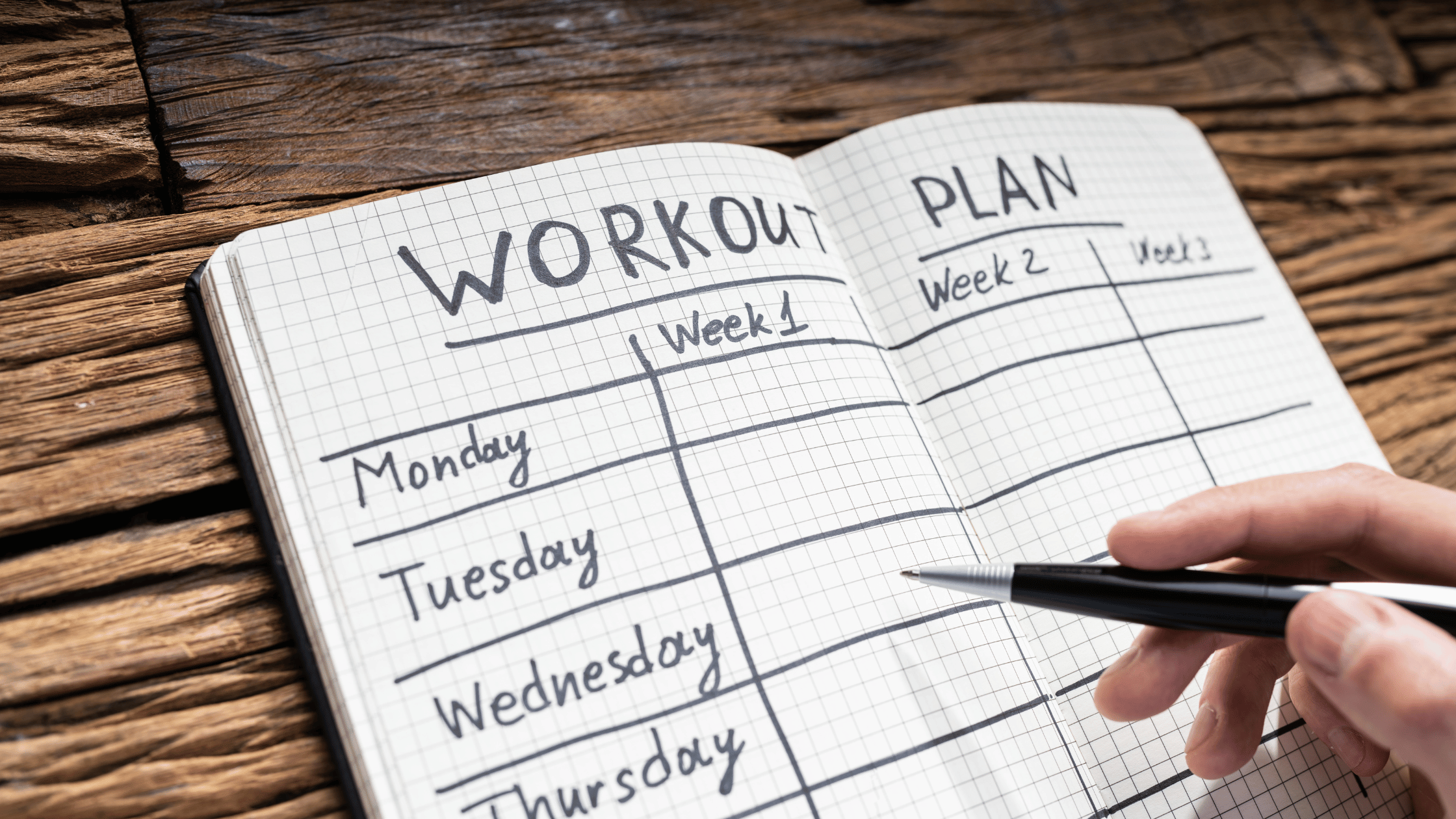
4. Failing to warm-up or cool-down.
You must allow your muscles adequate time to warm up before workouts since you are going from a state of rest to all out muscle exertion.
Your body can’t handle this load without warming up properly so make it a crucial part of the training!
The Most Common Speed Workouts:
There are several types of speed workouts, some more advanced than others, some that are more enjoyable than others.
How do You Speed Train
You’re body is only usually able to reach peak performance about two to three times a year.
You’re body also can only handle about 3-4 months a year of speed training (14 weeks at the most).
This is due to the excessive stress that it puts on the body and the exponential increase in risk of developing an injury due to the intense workouts.
Therefore if you are training for a race where you want to set a PR you should start to speed train about 3-4 months before your race day.
This means that by the time race day comes along, if you have been training correctly, you will be at your peak fitness level in terms of quickness.
As mentioned above there are many different speed workouts that you can incorporate into your training such as the fartlek, interval training and tempo runs.
Choose one of these workouts and push yourself a little more each week.
Follow their guidelines and a marathon training schedule that maps out days on which you should do speed work.
*You may also like: What Helped Me Run A Faster Marathon

Where to Train for Speed?
The best place to do your speed work is on an outside track.
It is best to run somewhere where you know your distances are accurate. This is why tracks are ideal as they have the 200 to 1600 meters mapped out for you and your times will be more meaningful to you.
Indoor tracks are also good especially if you want to stay out of the bad weather and still keep training, say for a spring marathon.
However be careful about indoor tracks as they usually are shorter than outdoors ones so make sure you know what the actual measures are and adjust to it.
Also, indoor tracks can give more over-use trauma to your knees as the turns are usually sharper.
If you can’t find a park, school, or college near you that has a track then find an area where you can be sure of the accurate distances such as a trail or some stretch of land or loop.
Your smart running watch and apps on your phone will also let you know how far you have run if you are running in an area where you are unsure of the distance.
When are You Ready to Speed Train?
Your body MUST be properly adapted to running before you take on speed work.
This training is incredibly stressful on your body and not being adapted to running will almost inevitably leave you with injury.
This cannot be stressed enough and many runners who are not ready to start training for speed find themselves injured and out of running circulation for weeks and even months at a time.
So when are you ready?
Speed work is NEVER for the beginner runner.
When running your first marathon your goal should not be one of time but rather with the ambition to finish – an incredible goal as it is.
Before you can run a fast marathon you must first be able to run a marathon.
Once you have completed a marathon then you may be ready for speed training and the PR’s ( Personal Record) and PB’s (Personal Best) that will hopefully come with it.
Here are some more guidelines to help you get ready for speed work:
Run regularly for at least a year.
This will give your body, muscles, tissues, etc. time to catch up to where you should be for speed workouts. This may sound like a long time but don’t skimp and go the full year before you do add them to your running schedule. Your body needs this and will reward you with strength and faster times.

Incorporate leg strength training before you begin.
Having strong legs will help to alleviate some of the pressures of the stresses of speed training. It also reduces your chances of incurring an injury. The best way to get strength in your legs and prepare yourself for speed training is by hill workouts.
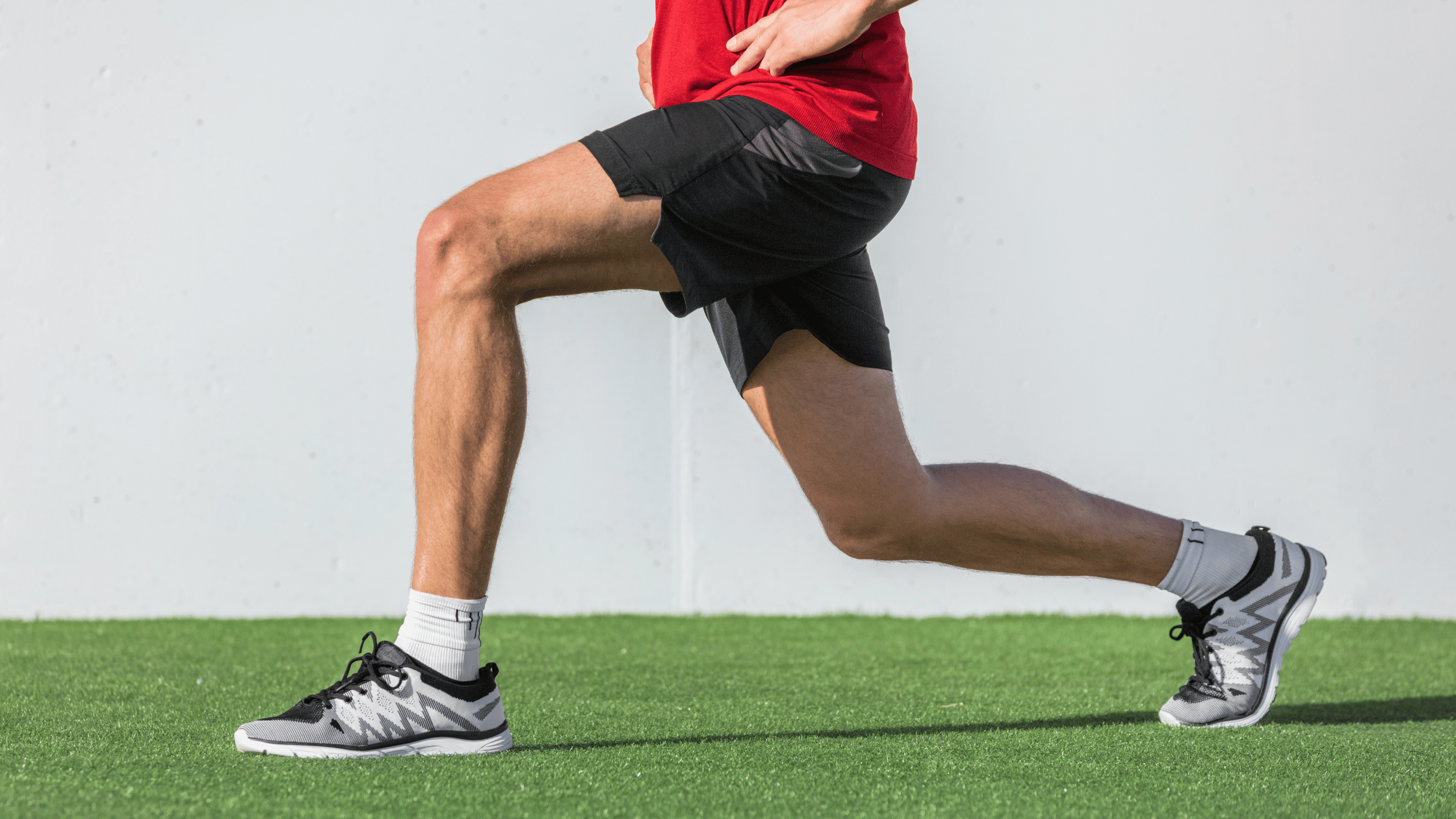
Be running at least 20-25 miles a week.
A normal running week will include a couple days of easy runs, a long run and a speed workout. This should all be included in your 20-25 miles a week which you should be running for about a year before you add your speed training to your routine.

Looking for a marathon training plan that includes speedwork?
Here are some marathon training plans that include speed work (and hill training) to help you reach your next time goal or PR!
- Our Break a Time Goal Marathon Training Plans: 3:30, 3:45, 4 hours, 4:15, 4:30, 4:45, and 5 hours!
Other Running Workouts to Help You Gain Speed:
Related Pages:
👋Sign up to receive the free printable strength exercises for runners: 👇
 |
As featured on:

Alternate Images:

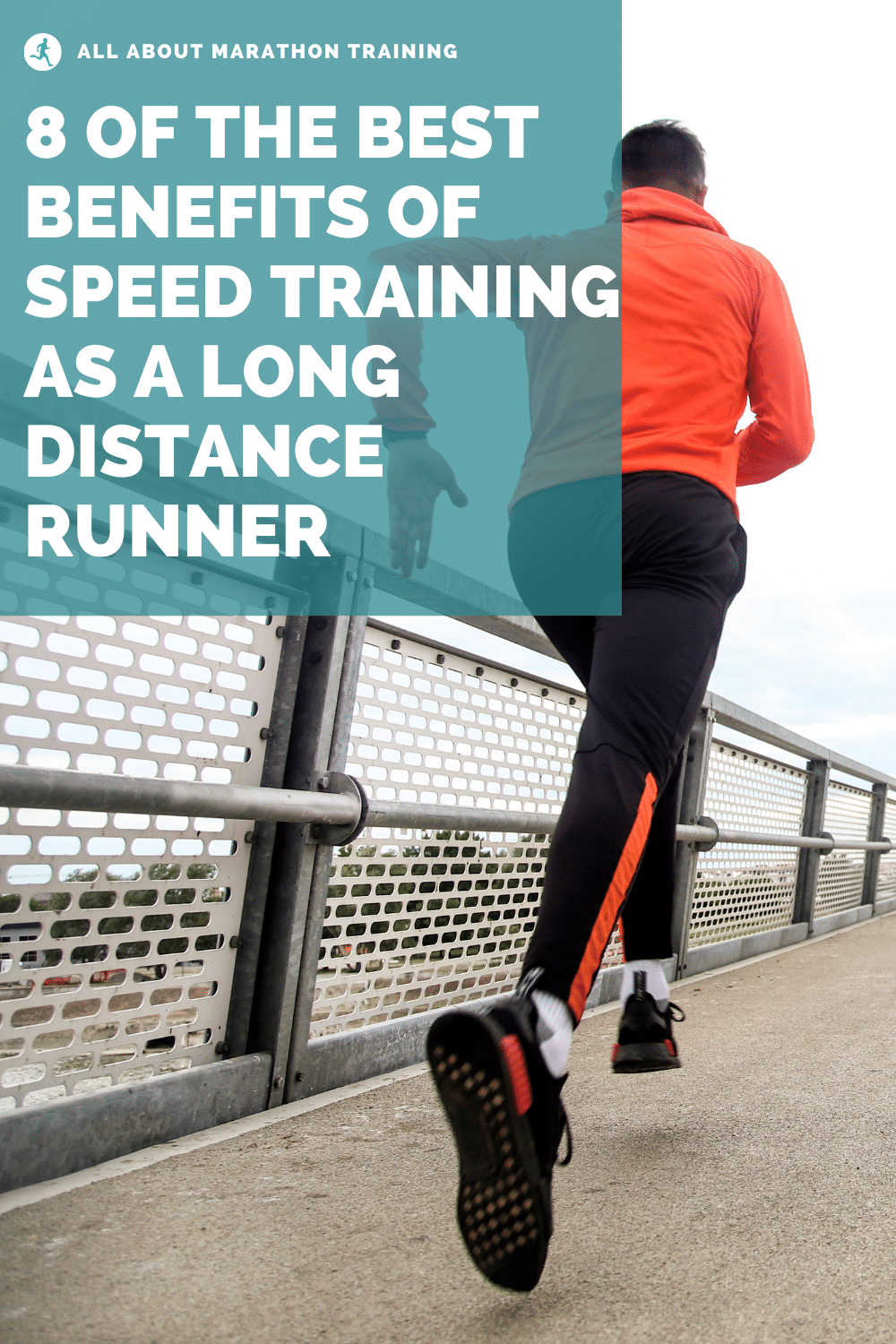
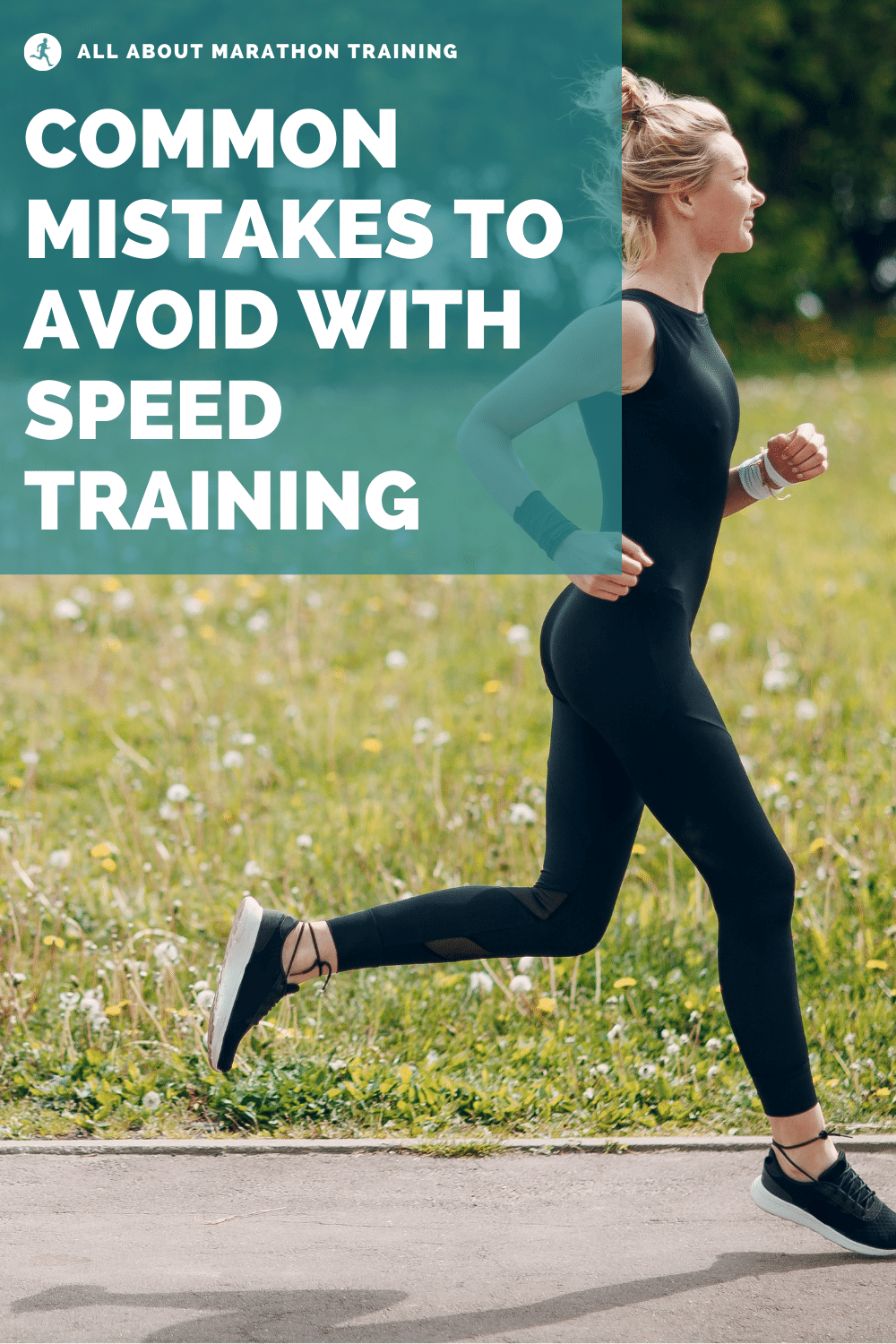
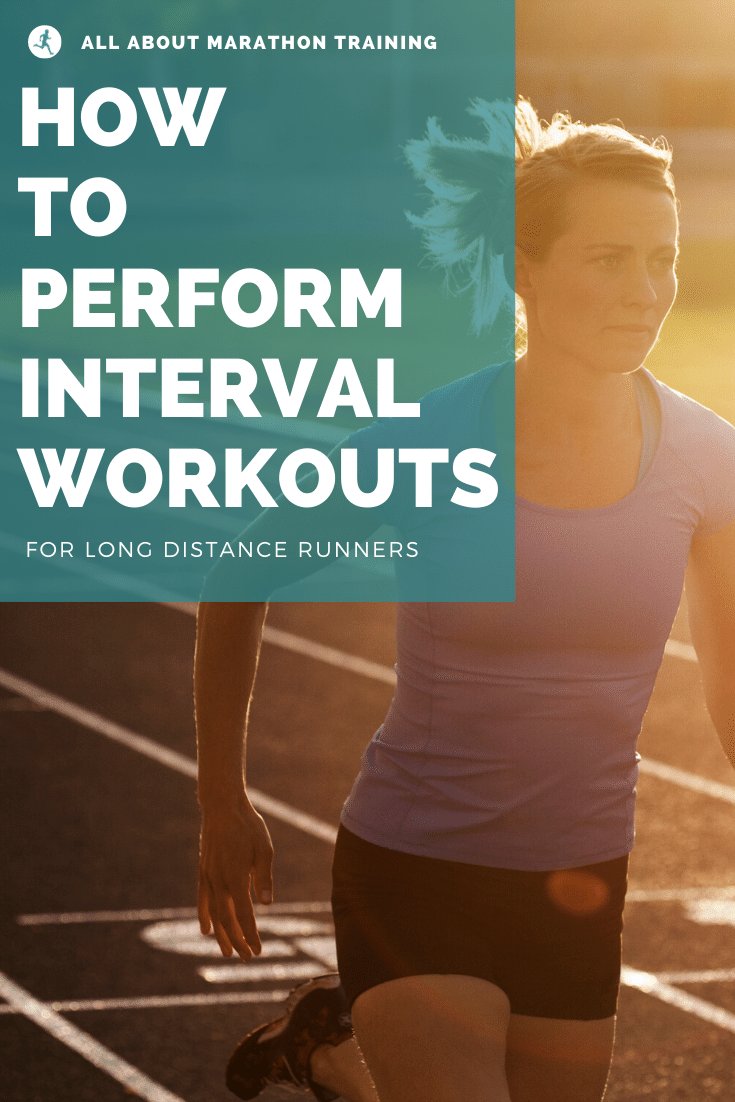




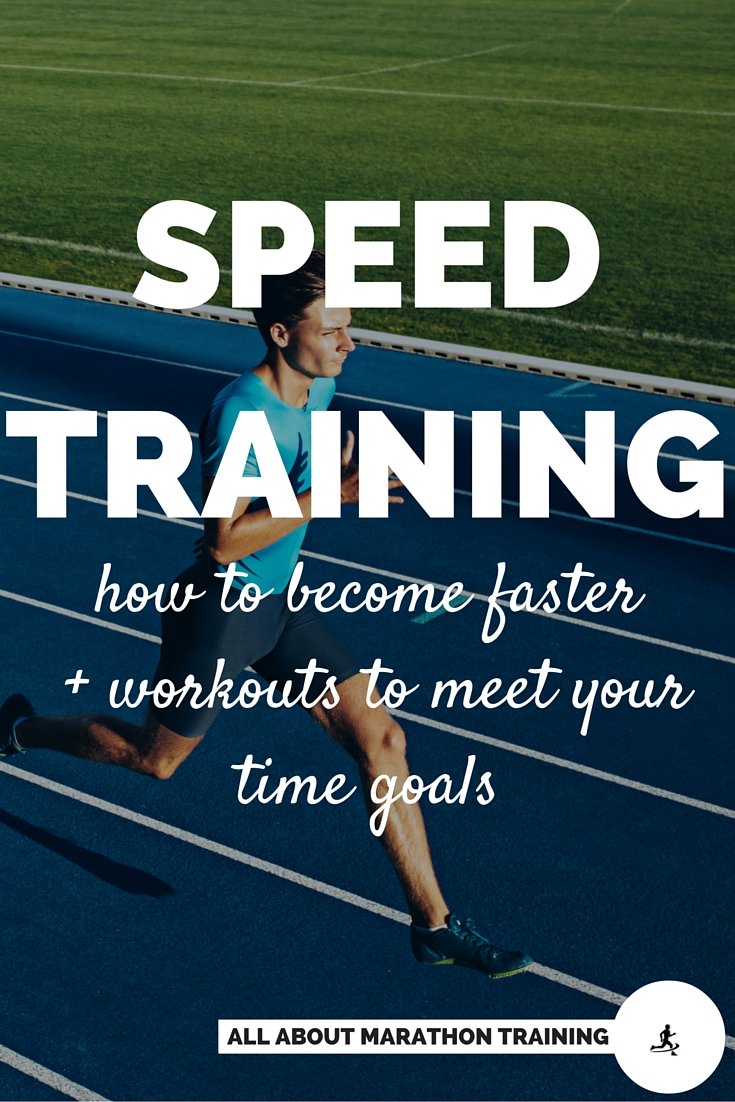





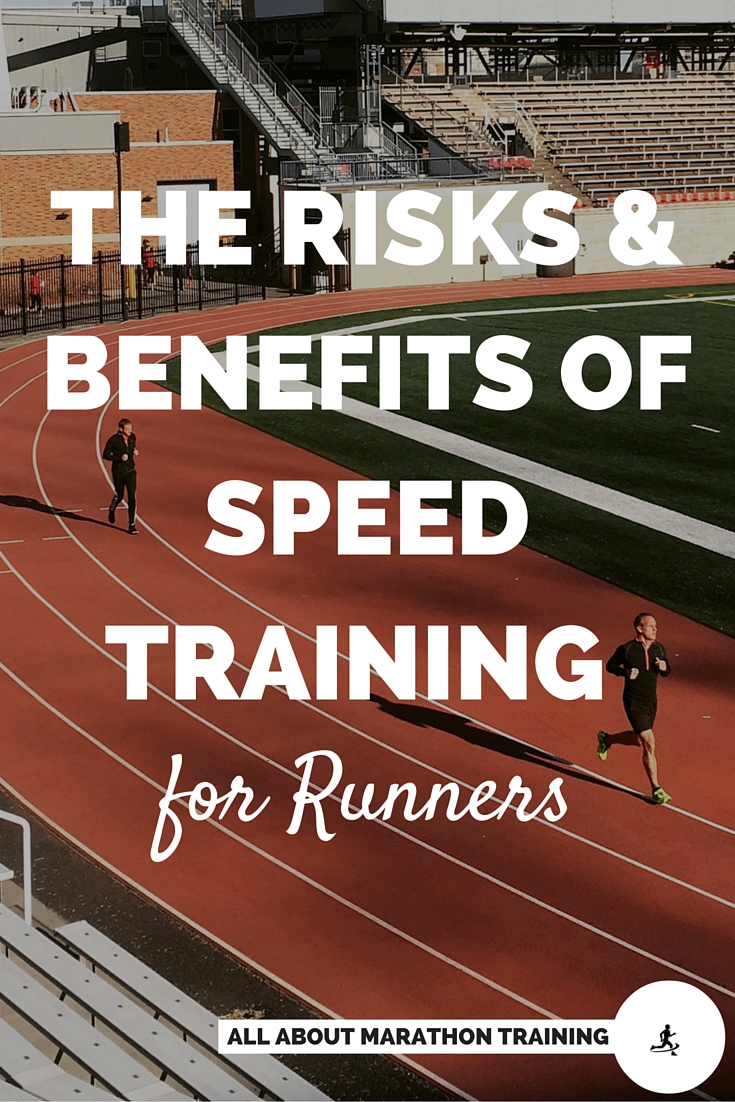

New! Comments
Have your say about what you just read! Leave me a comment in the box below.